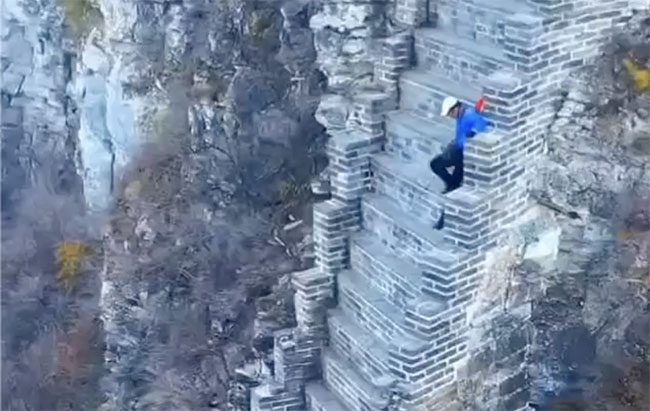The Great Wall of China is considered one of the most famous historical landmarks in China, attracting millions of visitors each year. The Great Wall refers to a series of fortifications that stretch for thousands of kilometers from east to west. This magnificent structure was built using earth and stone from the 5th century BC to the 16th century in China.
The Great Wall was recognized as a World Heritage Site by UNESCO in 1987. According to an archaeological study in 2012, the Great Wall is 21,196 km long. On average, the height of the wall is 7 meters above ground, and the top of the wall is about 5 to 6 meters wide.
Notably, historical records indicate that after unifying China in 221 BC, Qin Shi Huang ordered the construction and linking of the separate defensive lines of various states to form the Great Wall. This was a vast network of walls built with the participation of many people over 2,000 years ago.
In reality, along with the relatively flat areas that allow easy access for visitors, the Great Wall also features some very dangerous sections with warnings specifically for brave and adventurous tourists who wish to conquer them.
A famous section known as “the stairs to heaven“ exemplifies this. This section is located in Miyun County, approximately 120 km from Beijing, and was constructed between 1551 and 1555 during the Ming Dynasty.


This section has a slope of up to 80 degrees, making it extremely easy to fall. (Photo: Instagram).
This section has a slope and incline of about 70 to 80 degrees, consisting of approximately 70 stone steps and rising 80 meters. With such a steep incline, this path is nearly vertical. Furthermore, some steps are only half a meter wide, each step is about 50 cm high and 15 cm wide. Therefore, to conquer this section, visitors need to have climbing skills, bravery, and must use both hands and feet to ascend or descend.
This path is also where many visitors, despite having been to the Great Wall, have not dared to conquer.




















































